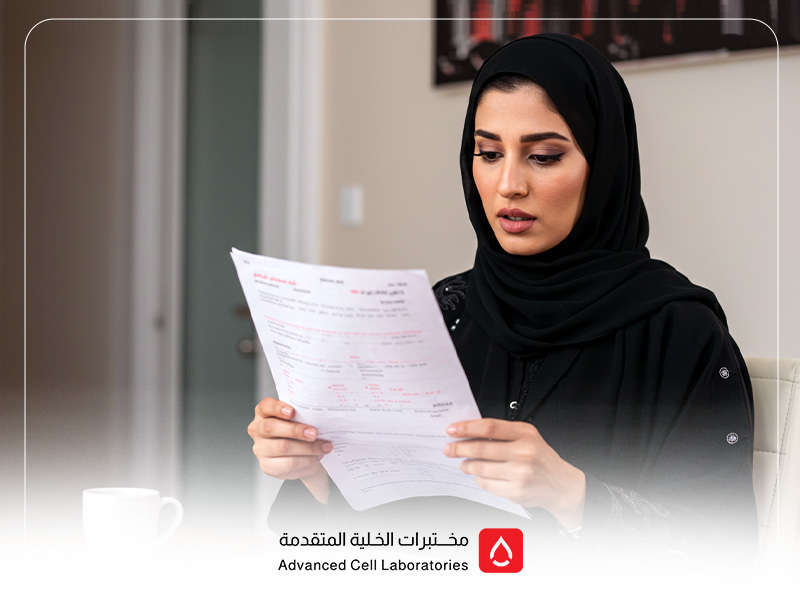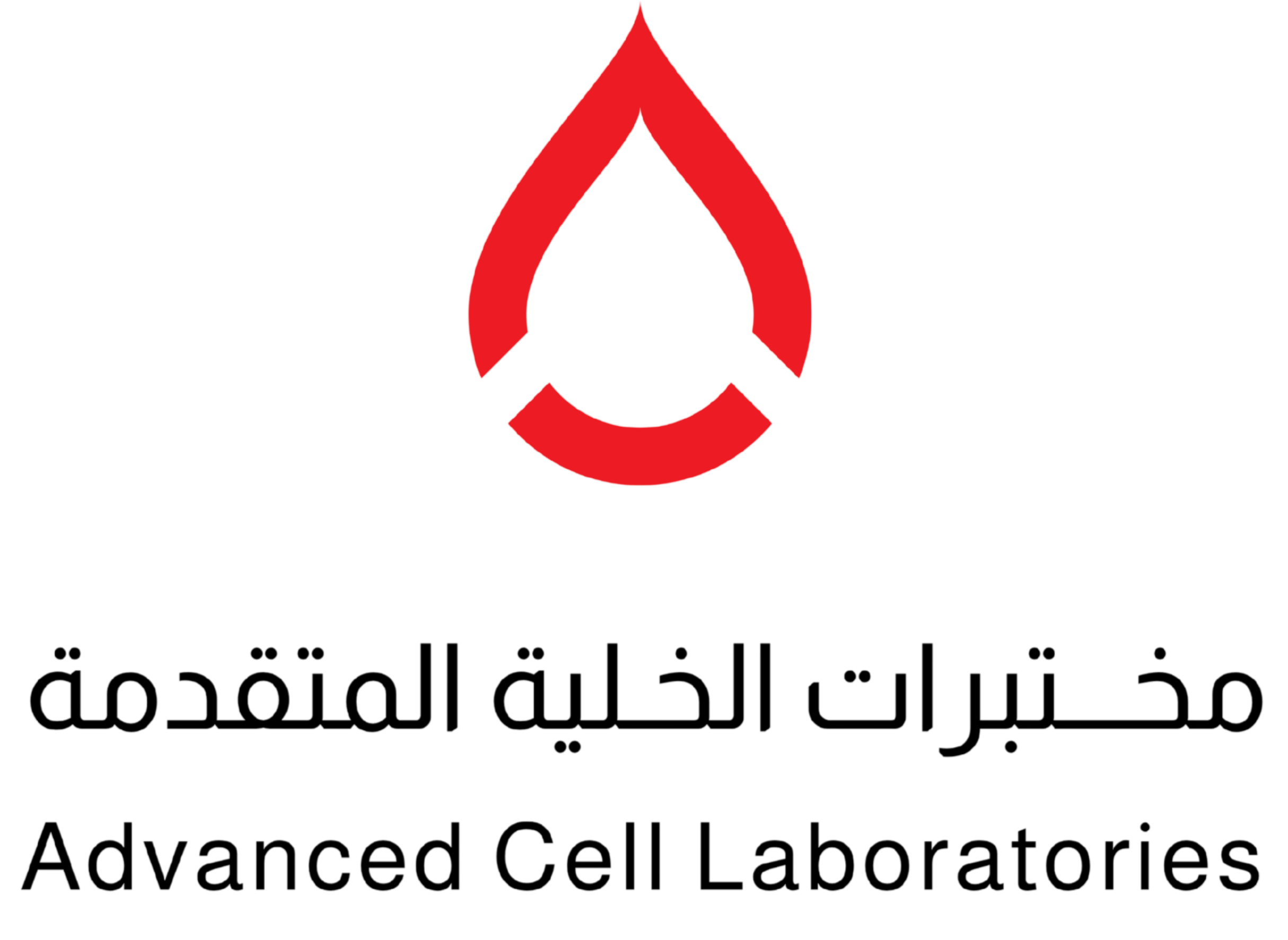- July 28, 2025

Why is it important to understand medical test results?
 Understanding test results does not mean you replace the doctor, but it enhances your health awareness and makes you an active partner in monitoring your condition. It can help you:
Understanding test results does not mean you replace the doctor, but it enhances your health awareness and makes you an active partner in monitoring your condition. It can help you:
- Detect any abnormal changes.
- Monitor chronic diseases such as diabetes and hypertension.
- Prepare for doctor visits with clear questions.
What does a test report look like?
A test report usually contains:- Test Name
- Result
- Unit
- Reference Range
- Notes or preliminary interpretation

How to read your medical test results yourself?
Reading your medical test results may seem complicated at first, but it becomes easier when you understand the basic symbols and meanings for each test. Here are the main tests and symbols you may see in your medical report, with a simple explanation for each:
First: Complete Blood Count (CBC)
-
WBC: White blood cells – high levels indicate inflammation or infection, low levels may suggest weak immunity.
-
RBC: Red blood cells – low levels may indicate anemia, high levels may be associated with dehydration or blood disorders.
-
HGB or Hb: Hemoglobin – responsible for transporting oxygen, low levels indicate anemia.
-
HCT: Hematocrit – used to assess anemia or dehydration.
-
PLT: Platelets – involved in blood clotting, any imbalance can cause bleeding or clotting issues.
Second: Blood Sugar Tests
-
FBS (Fasting Blood Sugar): Blood sugar level after 8 hours of fasting – normal is below 100 mg/dL.
-
PPBS (Postprandial Blood Sugar): Two hours after eating – normal is below 140.
-
HbA1c: Glycated hemoglobin – shows average blood sugar over 3 months, normal is below 5.7%.
Third: Renal Function Test (RFT)
-
Creatinine: Key indicator of kidney efficiency – normal is below approximately 1.2.
-
Urea or BUN: Product of protein breakdown – high levels may indicate kidney dysfunction or dehydration.
Fourth: Liver Function Tests (LFT)
-
ALT / SGPT and AST / SGOT: Liver enzymes – elevated levels indicate liver issues.
-
Bilirubin: High levels cause yellowing of skin and eyes (jaundice).
-
ALP: Enzyme indicating bile duct or bone health.
Fifth: Lipid Profile (Cholesterol & Triglycerides)
-
LDL: Bad cholesterol – lower is better (preferably below 100).
-
HDL: Good cholesterol – should be high (over 40 for men, 50 for women).
-
Triglycerides: Should be below 150.
-
Total Cholesterol: Below 200 is considered normal.
Sixth: Urinalysis
-
Color & Appearance: Urine color – should be light yellow and clear.
-
Protein: Presence may indicate kidney problems.
-
Glucose: May appear in urine if blood sugar is high.
-
WBC / RBC: Presence may indicate infection or inflammation.
-
Ketones: Indicator of fat burning, appears in uncontrolled diabetes or prolonged fasting.
Seventh: Vitamins & Minerals Tests
-
Vitamin D: Ideal range 30–100 ng/mL.
-
Ferritin: Iron stores – low levels indicate anemia.
-
Iron: Low levels linked to anemia, high levels may result from liver disease.
-
Calcium: Important for bone health – low levels affect nerves and muscles.
Eighth: Inflammation Markers
-
C-Reactive Protein (CRP): General inflammation marker – used to detect acute or chronic inflammation.
-
ESR: Erythrocyte sedimentation rate – higher values indicate chronic inflammation or autoimmune diseases.
 CBC is one of the most common tests. It includes measurements such as:
CBC is one of the most common tests. It includes measurements such as:
- Hemoglobin (Hb): Detects anemia.
- White Blood Cells (WBC): Indicates infection or inflammation.
- Platelets: Responsible for blood clotting.
Blood Sugar Tests
- Fasting Blood Glucose: Should be between 70-99 mg/dL.
- Random Blood Sugar
- HbA1c: Reflects average sugar levels over 3 months.
Creatinine & Kidney Function Tests
Indicates how efficiently the kidneys filter blood. Key indicators:- Creatinine
- Urea
Liver Enzymes Tests ALT & AST
ALT and AST indicate liver health.- Elevated levels indicate liver damage or inflammation.
- Normal values vary by lab but are usually below 40 units.
What do normal, high, and low values mean?
- Normal values: Within the lab’s reference range.
- High values: Indicate excess activity or dysfunction.
- Low values: May indicate deficiency or organ function impairment.
Common Test Symbols and Their Meanings
- WBC: White blood cells
- RBC: Red blood cells
- Hb: Hemoglobin
- HDL / LDL: Good and bad cholesterol
- CRP / ESR: Inflammation markers
When is a result concerning?
- When there is a significant difference between the result and reference value.
- If accompanied by clinical symptoms.
- If multiple indicators are abnormal.
Do results differ by gender and age?
Yes, reference values vary by:- Gender: Hemoglobin, for example, is higher in males.
- Age: Older adults may have different indicators.
- Health condition: Diabetes or hypertension patients.
Tips for Accurate Test Reading
- Read the test name carefully.
- Compare the result with the reference range.
- Do not rely on a single result.
- Notice any symbols like “H” or “L” (high or low).
When to consult a doctor?
- If results are unclear.
- If there are worrying health symptoms.
- If results are clearly outside the normal range.


